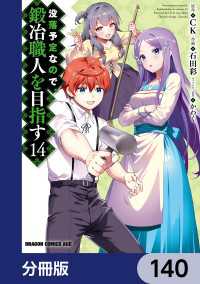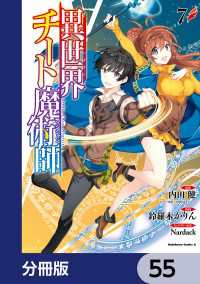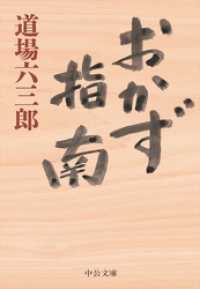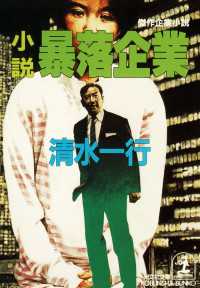Description
This accessible book draws on unique evidence from oral histories and little-known archive material to shed new light on the working relationships which led to John Bowlby’s shift from psychoanalysis to ethology as a frame of reference – and ultimately to the development of attachment theory.
- A unique exploration of the origins of Bowlby’s ideas and the critical transformation in his thinking – offers an alternative to standard accounts of the origin of attachment theory
- Explores the significance of Bowlby’s influential working relationships with Robert Hinde, Harry Harlow, James Robertson and Mary Ainsworth
- Provides students, academics, and practitioners with clear insights into the development of attachment theory
- Accessible to general readers interested in psychology and psychoanalysis
Table of Contents
About the Author.
Foreword (Professor Jerome Kagan).
Acknowledgments.
Introduction.
1 Biographical Notes and Early Career.
2 Loneliness in Infancy: The WHO Report and Issues of Separation.
3 Working with James Robertson: The Importance of Observation.
4 Bowlby’s Acquaintance with Ethology: The Work of Lorenz, Tinbergen, and Hinde.
5 From Theoretical Claims to Empirical Evidence: Harry Harlow and the Nature of Love.
6 Mary Ainsworth's Role in the Study of Attachment.
Conclusions.
References.
Name Index.
Subject Index.








